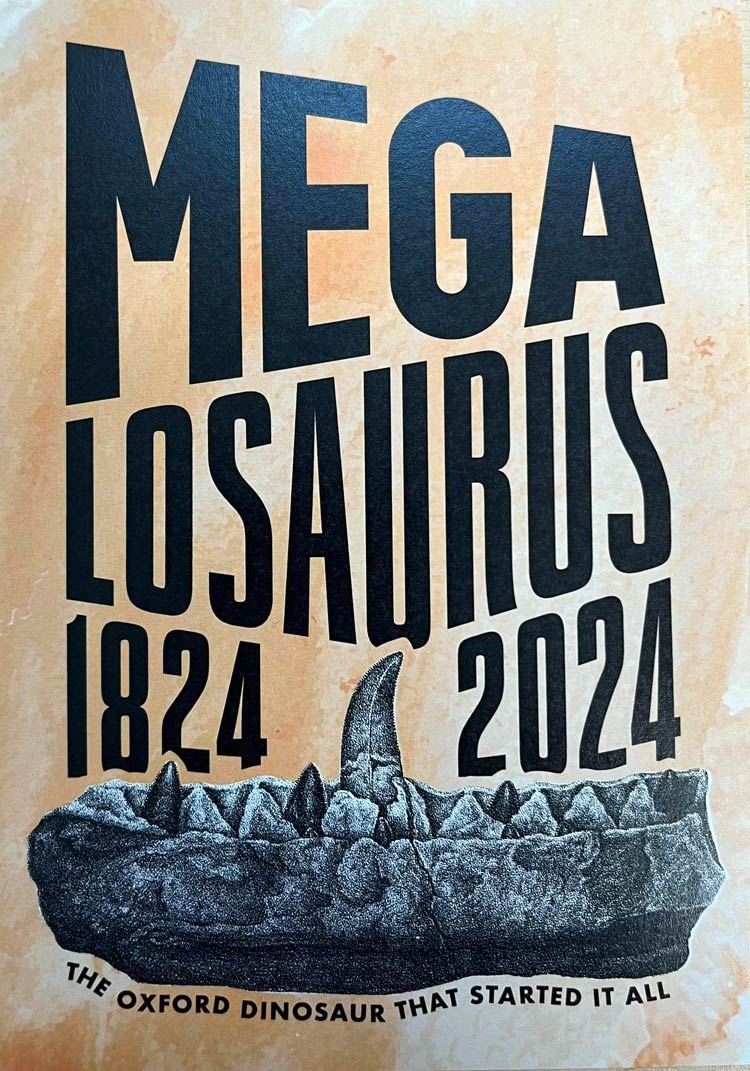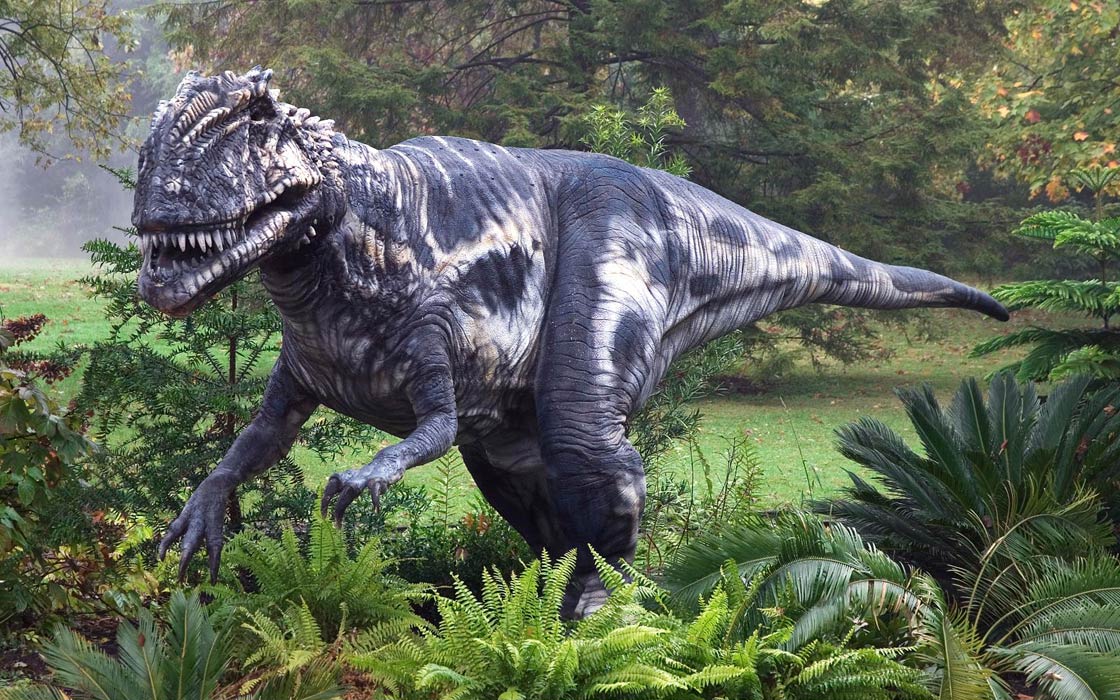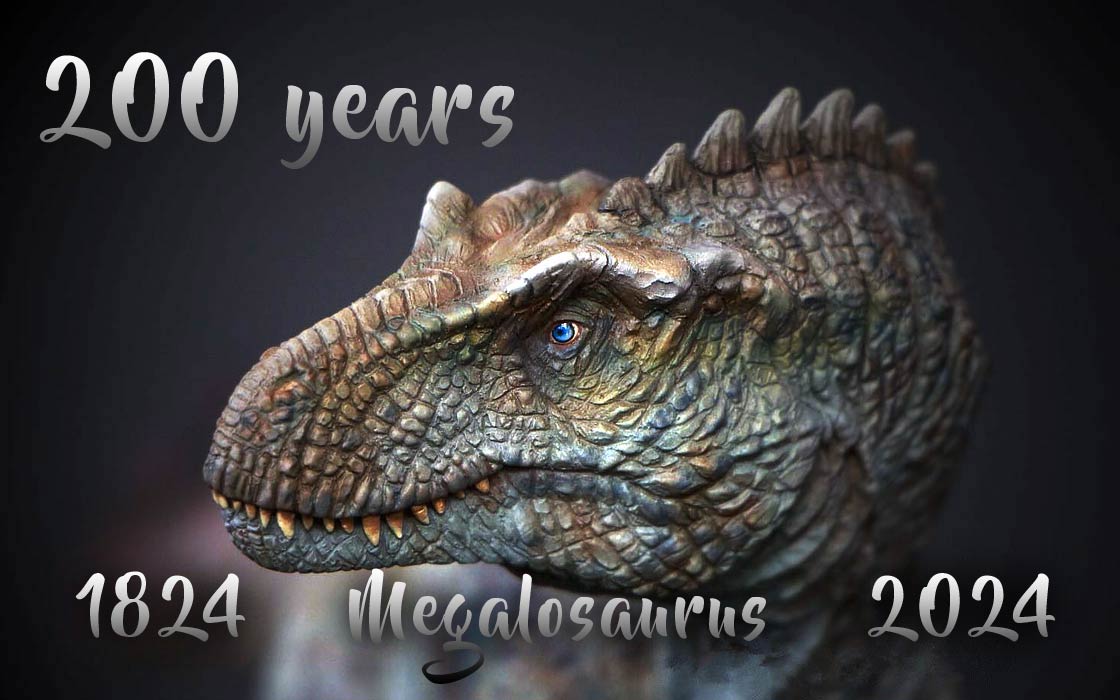Celebrating 200 Years of Dinosaur Discovery
Celebrating 200 Years of Dinosaur Discovery: The Megalosaurus
Two centuries ago, a discovery that would change our understanding of the natural world was made. In 1824, the first scientifically described dinosaur, the Megalosaurus, was introduced to the world by William Buckland, a pioneering geologist and paleontologist.
200 years ago, a tremor ran through the scientific world. On February 20th, 1824, William Buckland, a pioneering geologist, presented his findings to the Geological Society of London. He unveiled the Megalosaurus, the “monstrous lizard,” igniting a flame that continues to burn bright even today – the age of dinosaur paleontology.
The Discovery
Buckland’s discovery was groundbreaking. He found a partial skeleton in a slate quarry in Stonesfield, England. The fossil included a lower jaw, teeth, and fragments of the backbone, limbs, and pelvis. Buckland recognized these remains as belonging to a creature unlike any known at the time. This discovery was not just a new species; it was a new kind of animal altogether. It was a creature so different from anything known to science that it required a new word to describe it: dinosaur, meaning “monstrous lizard.”
Before the Megalosaurus, the Earth’s inhabitants remained shrouded in myth and conjecture. Fossil finds were misconstrued as mythical creatures or oversized versions of existing animals. But Buckland’s keen eye saw something different. He recognized the unearthed bones as belonging to a creature unlike anything alive, a colossal reptile that dominated the Earth millions of years ago. His detailed analysis, meticulously documenting the anatomy and size of the creature, marked a crucial shift. It wasn’t just about identifying a single fossil; it was about introducing a scientific term – “Dinosauria” – that would rewrite the history of life on Earth.
The Naming
Buckland named the creature Megalosaurus, meaning “great lizard”. This name reflected the animal’s size, which Buckland estimated to be around 9 meters long – a giant compared to any animal known at the time. The name Megalosaurus was fitting for such a groundbreaking discovery. It conveyed the awe and wonder that this creature must have inspired in those who first laid eyes on its remains.

The Impact
The discovery of the Megalosaurus sparked a revolution in the field of paleontology. It led to the realization that the earth was once inhabited by creatures far different from those we know today. This discovery played a crucial role in the development of the theory of evolution, providing tangible evidence of life forms that had existed and gone extinct long before humans appeared on the scene.
The discovery of the Megalosaurus also had profound implications for our understanding of geologic time. It provided concrete evidence that the earth was much older than previously thought. This realization opened up a whole new world of scientific inquiry, leading to the development of the field of geology and contributing to our understanding of earth’s history.
The Megalosaurus wasn’t just a scientific breakthrough; it was a cultural spark. As more fossils emerged, the concept of dinosaurs, from the colossal Brachiosaurus to the terrifying Tyrannosaurus rex, captured the public imagination. Museums became treasure troves of these forgotten giants, and children dreamt of stomping through prehistoric landscapes. Dinosaur exhibitions drew crowds, bookshelves filled with captivating tales, and movies brought these behemoths back to life on the silver screen.
The Legacy
Today, the Megalosaurus holds a special place in the annals of paleontology. It paved the way for the discovery of thousands of dinosaur species that have since been identified. It also sparked the public’s fascination with dinosaurs, inspiring countless books, movies, and exhibitions.
The Megalosaurus has become a symbol of scientific discovery and the quest for knowledge. It represents the thrill of discovery, the joy of learning, and the power of scientific inquiry. It reminds us of the vastness of time and the diversity of life that has inhabited our planet.
The Future
As we mark the 200th anniversary of the description of the Megalosaurus, we look forward to the future of paleontological research. With advancements in technology and our ever-growing understanding of the natural world, who knows what exciting discoveries await us in the next 200 years?
The story of the Megalosaurus is a testament to the power of scientific discovery and the endless possibilities that lie ahead. As we celebrate this milestone, we are reminded of the importance of curiosity, the thrill of discovery, and the joy of learning. Here’s to the next 200 years of dinosaur discovery!

Recommended
- Megalosaurus
- The Bone wars
- Tyrannosaurs – Birth, Reign and Twilight
- Mary Anning
- Alamosaurus – one of the largest dinosaurs
- The longest dinosaurs. Sauropods Top 10
- The heaviest dinosaurs – Top 10
- The longest predatory dinosaurs. Theropods Top 10
- The heaviest predatory dinosaurs Top 10
- The longest Ornithischians (Ornithischia) TOP 10
- The heaviest Ornithischians Top 10
- The largest raptors (dromaeosaurs) Top 10
- The heaviest Dromaeosaurids / dromaeosaurs – Top 10
- The longest Ankylosaurus Top 10
- The heaviest Ankylosaurus Top 10
- The longest ceratopsians
- The heaviest ceratopsians
- The longest and largest ornithopods
- The heaviest ornithopods Top 10
- The longest Stegosaurians (Stegosauria) TOP 10
- The heaviest Stegosaurians (Stegosauria) Top 10
- The smallest sauropods Top 10
- The smallest dinosaurs Top 10
- The largest pterosaurs Top 10
- Dinosaurs
- Dinosaurs database
- Predatory dinosaurs


















